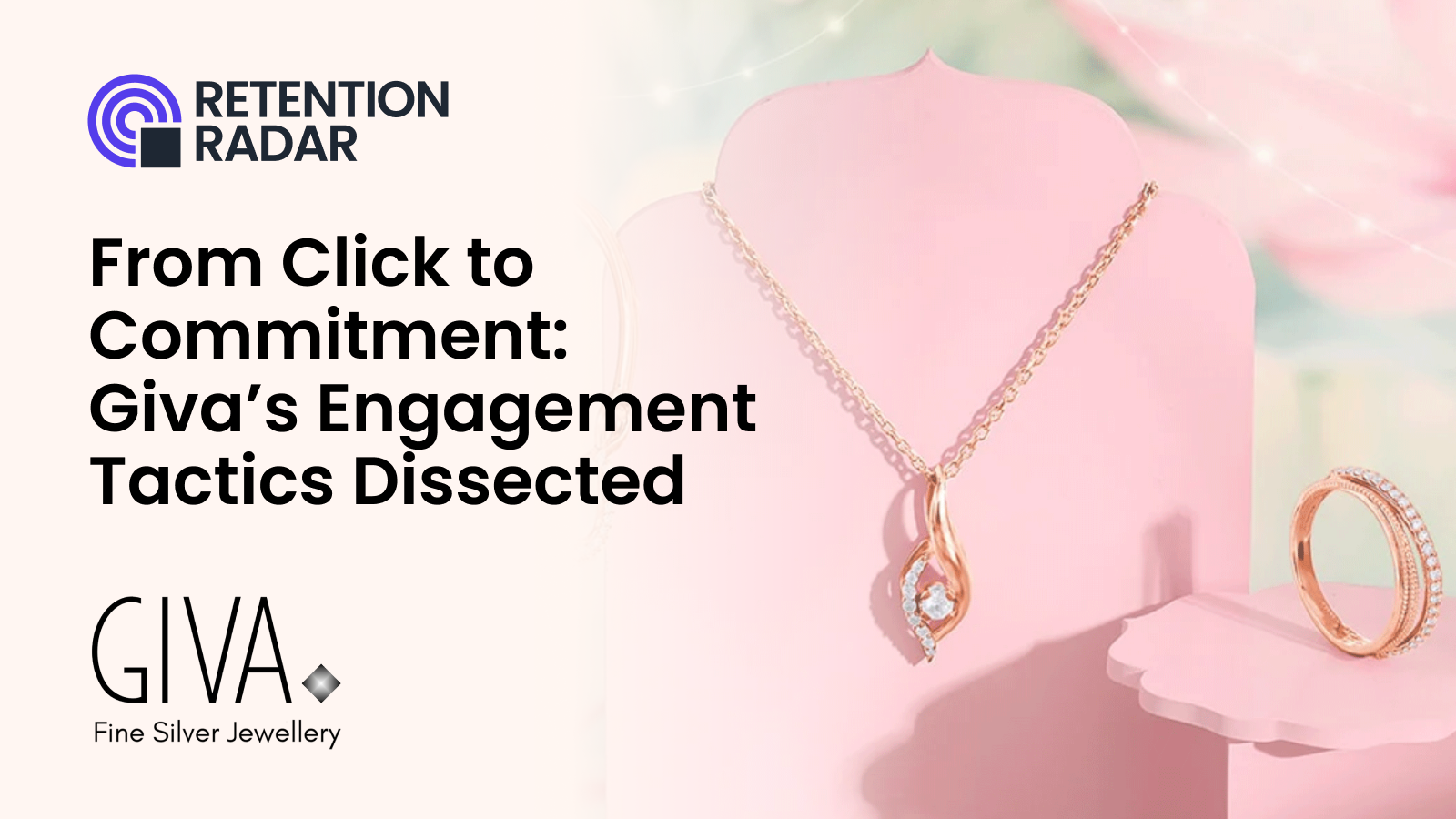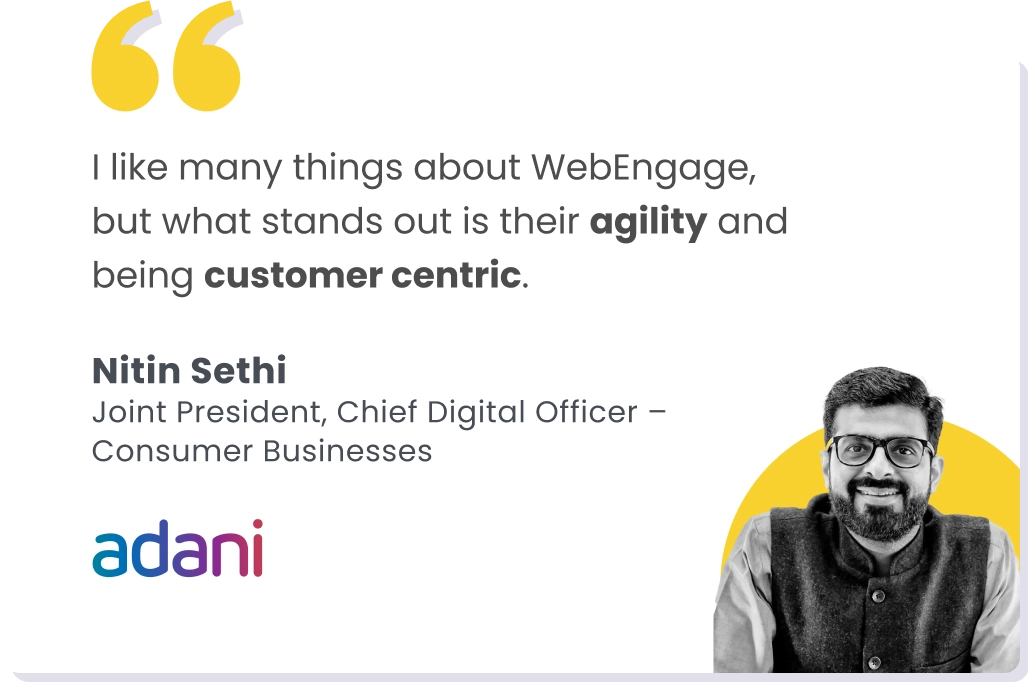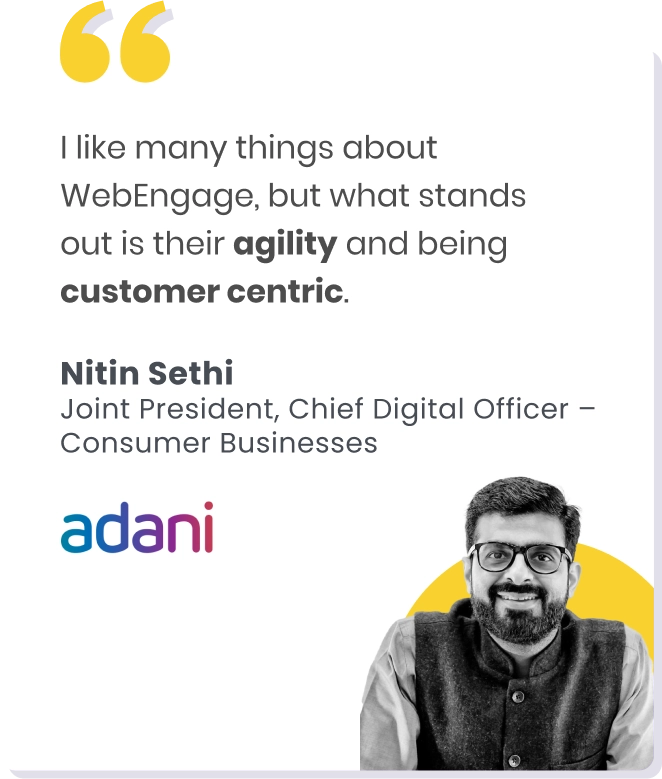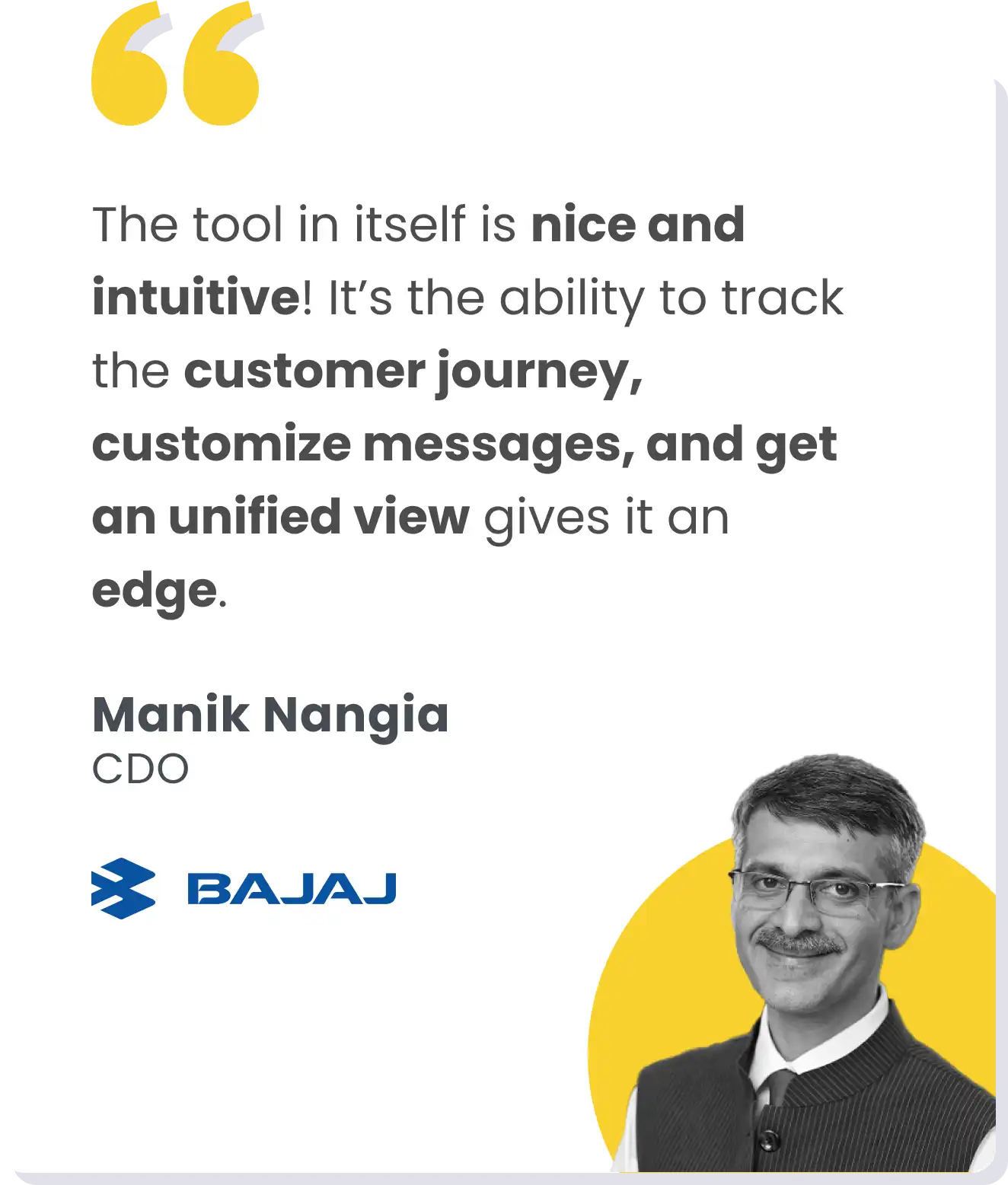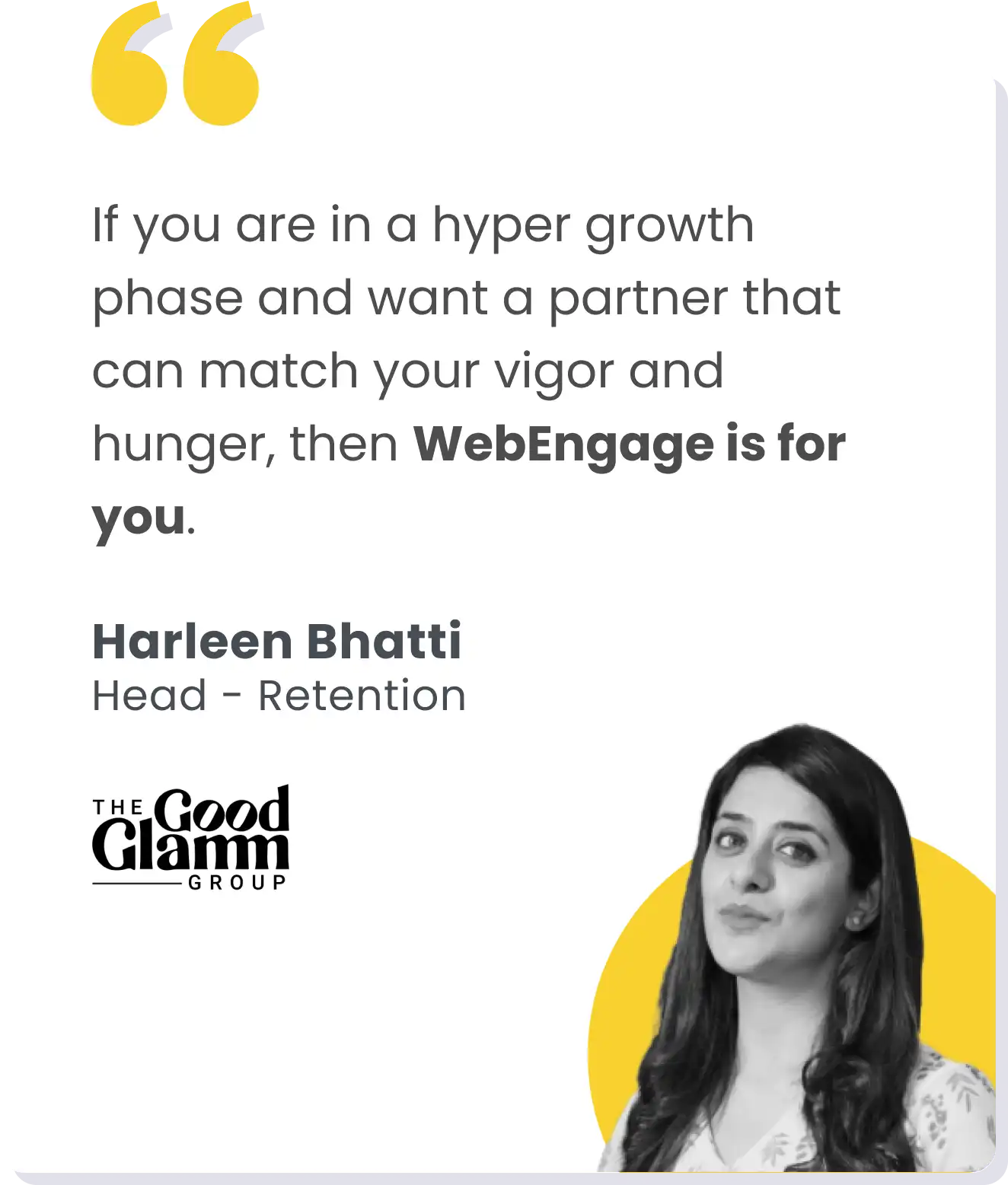Welcome to Retention Radar by WebEngage.
Retention Radar is our honest attempt to explore real-world customer engagement tactics used by top consumer brands across the customer lifecycle. We dive deep into the brand and bring rich insights to empower your customer engagement strategy.
Why do we do that?
To identify actionable insights into how brands can improve conversions and customer experiences. Marketers will find inspiration, new learning opportunities, and ways to elevate their strategies through each report.
Today, I start with an in-depth analysis of GIVA, a prominent name in India’s jewelry sector.
Let’s dive in.
About GIVA:
- One of the fastest-growing jewelry brands in Bangalore, India, was founded in 2019 (just before the pandemic) and has grown to 165 crores in revenue (FY-23) within five years.
- They specialize in gold, silver, and lab-grown diamonds (artificial diamonds grown in a lab), targeting the mass premium segment.
Our moves:
Here’s how I approached the teardown to uncover the finer details of GIVA’s customer engagement strategy:
- Tracked user engagement across channels over 10 days, evaluating how GIVA reaches and retains customers throughout the journey.
- I directly purchased from GIVA’s offline store to understand their omnichannel approach from a customer’s perspective. This allowed me to observe firsthand how seamlessly their online and offline channels work together.
- I recorded every step of the process with screenshots and videos, capturing insights that will give you a clear view of GIVA’s engagement tactics.
I aimed to create a detailed, visual account of what a well-integrated customer experience looks like.
ALSO READ: Omnichannel engagement services for brands
Stage 1: Pre-purchase journey
Signed up on GIVA’s website and mobile app to get started.

Sign Up Campaigns
The Hits
1. Use Of Website Overlays
- My journey began by signing up on GIVA’s website to see how effectively they guide new, unknown users through their platform.
- Did the website intuitively lead visitors to the next step? The answer didn’t disappoint!

And yes, they do a good job here.
- The “most popular” suggestion helps build customer intent and guide them to the category page (the next stage of the funnel).
- My study showed that using catalog-powered suggestions decreases the chances of users dropping off by 20%. Full marks here.
2. Detailed sign-up forms
- The GIVA app takes personalization to a new level by asking about customers’ birthdays, anniversaries, and other special occasions during sign-up.
- This feature is an excellent touch, offering opportunities for tailored recommendations based on these milestones—an intelligent tactic for fostering long-term relationships and boosting retention.

- Incorporating milestone events like birthdays into the shopping experience can yield impressive outcomes for jewellery brands. Research indicates that birthday promotions greatly boost customer engagement and conversions, with many brands experiencing open rates over 80% and click-through rates exceeding 20% for exclusive birthday emails featuring discounts or gifts.
- Jewelry brands that use birthday rewards and personalized messages as part of their loyalty programs can see a 30% increase in revenue. Customers are often highly motivated to redeem these personalized offers and add more items to their cart, making birthday-based personalization a powerful tool for boosting sales and fostering customer loyalty.
3. Spin the wheel gamification
- One standout feature of GIVA’s website is its gamified ‘spin-the-wheel’ engagement. It adds a sense of excitement and makes the customer experience more memorable. Here, customers can win a reward, which motivates participation and helps GIVA gather essential information (such as name, email, or phone number) from potential buyers.
- Executed with finesse, this gamified approach achieves multiple goals: it captures attention, builds brand engagement, and enables the brand to strengthen customer connections through a fun and rewarding interaction.

ALSO READ: How is brand engagement different from customer engagement?
Engagement Campaigns
The Hits
1. Cart Abandonment Journey
- After testing GIVA’s cart abandonment strategy, the results were impressive. When items were left in the cart without completing a purchase, GIVA responded within 30 minutes by sending a WhatsApp notification, reminding us about the items with a clear CTA to complete the purchase. Later in the day, an email followed, sweetening the deal with a discount coupon to encourage checkout.
- This experience illustrates how a timely, multi-channel follow-up can significantly boost conversions. I appreciated how GIVA’s combination of WhatsApp and email created a strong sense of urgency while keeping the brand top of mind.

The Misses
1. Lack of Cross-Platform Integration Sync
- Despite a great cart abandonment journey, GIVA’s cross-platform integration needs improvement. Signing up with identical details on the website and mobile app revealed that cart items did not sync across platforms. This inconsistency resulted in fragmented messaging: Instagram retargeting ads were focused solely on pendants, while the WhatsApp cart abandonment message highlighted a bracelet.
- This gap can weaken customer intent and disrupt the shopping experience. A unified cart would provide consistent messaging across channels, making the journey smoother and more persuasive.

This approach helps because:
- Combining cart abandonment with upselling tactics in one campaign can increase Average Order Value (AOV).
- Reduce cart abandonment while also promoting product upsells within a single campaign.
- Lastly, GIVA can develop a customer 360 with all user data in one place, allowing for sharper retargeting and engagement.
2. Lack of PII Data Usage for Milestone Campaigns
Additionally, I noticed a missed opportunity: personalized birthday messages were absent, even though I entered my birthday during sign-up (PS: my birthday was just 3 days after I signed up on the app). For many Indian consumers, occasion-based promotions like birthday discounts are highly effective for driving engagement.
Pro tip: Indian consumers are price-sensitive and respond well to occasion-based promotions. Birthday discounts or exclusive offers can strengthen customer loyalty by aligning with cultural shopping habits, which is a significant missed opportunity.
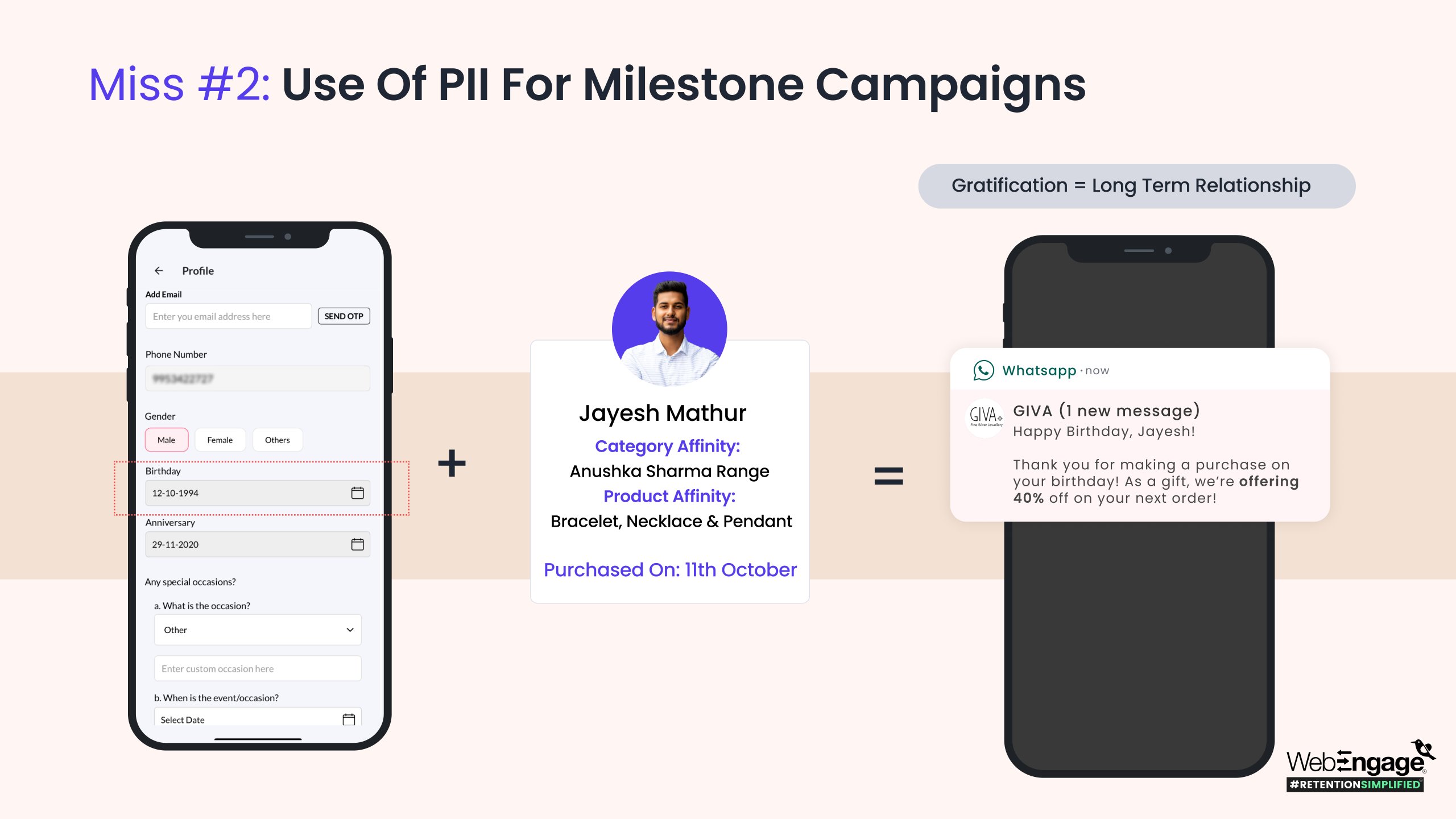
Stage 2: During the Purchase
The Hits
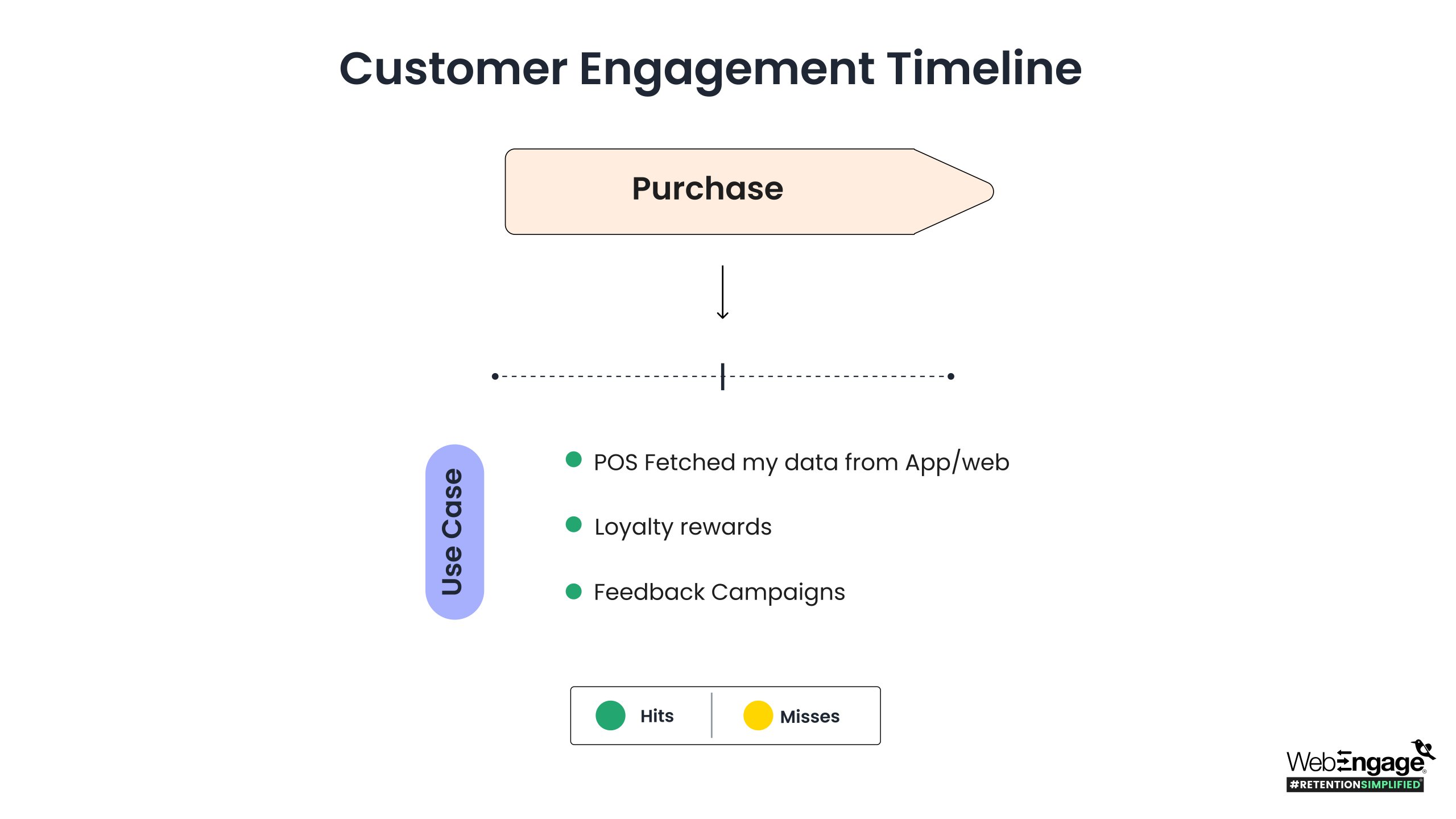
1. Data Unification On Retail POS
- I visited GIVA’s store to evaluate its retail experience. The store revealed a seamless integration of online and offline data.
- When the store manager asked for my mobile number, all previous selections I’d made online were automatically fetched.
- This integration enhanced the customer experience and demonstrated GIVA’s commitment to a cohesive shopping journey.
Full marks for this effective use of personal data integration.
2. Loyalty Rewards
- Post-purchase, GIVA showcased its robust loyalty program.
- The app immediately updated to reflect the products in my purchase history, accompanied by visible loyalty rewards available for future transactions. This makes the shopping experience feel rewarding.
- By excelling in these areas, GIVA reinforces customer loyalty and brand love.
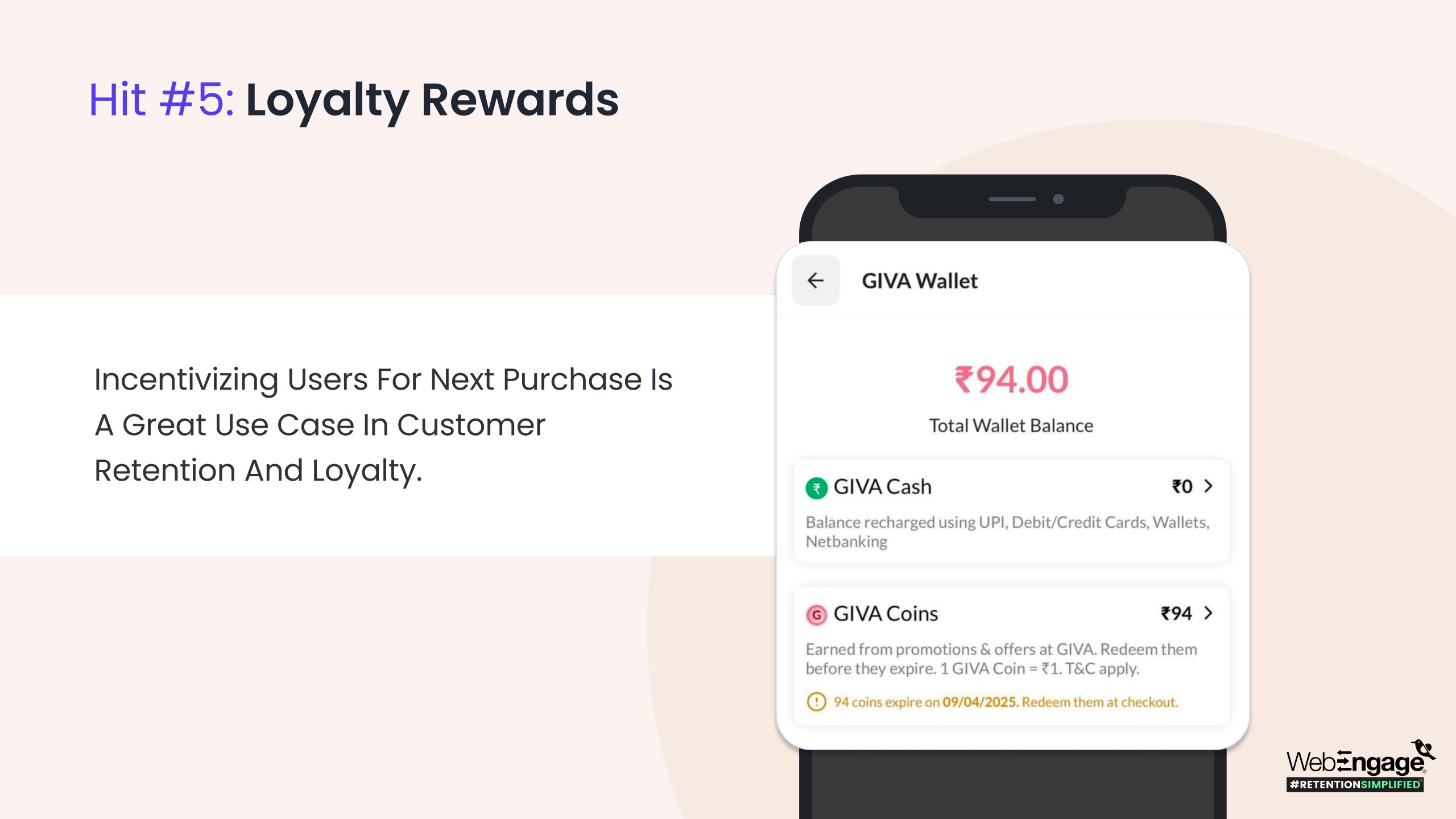
Stage 3: Post Purchase
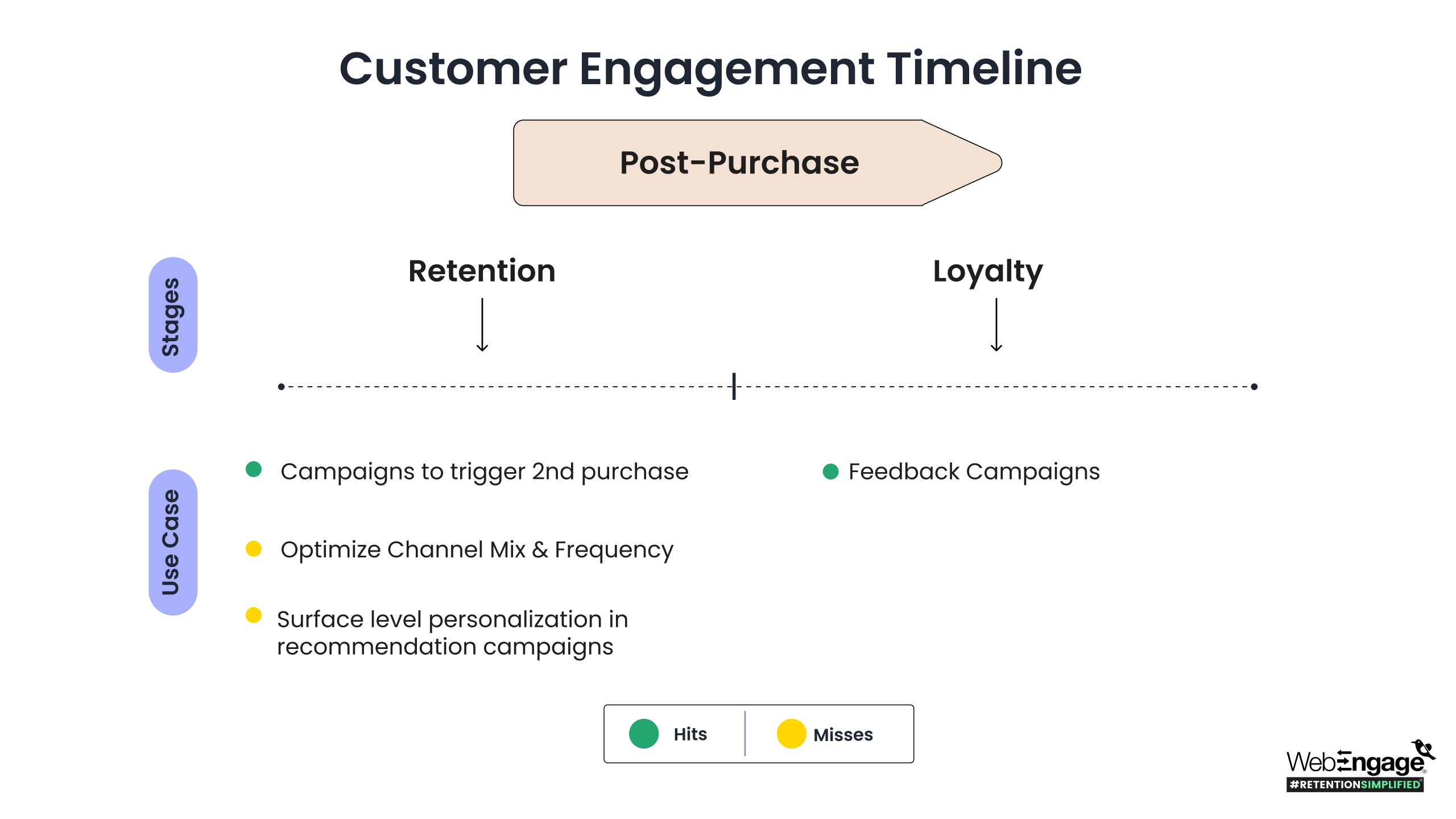
Retention Campaigns
The Hits
1. Regular Campaigns To Trigger A Second Purchase
- GIVA’s cart abandonment strategy impressed me.
- After I left items in my cart, they quickly followed up within 30 minutes via WhatsApp with a reminder and a clear call to action. Later, an email offered a discount to encourage me to complete the purchase.
- This timely, multi-channel follow-up effectively kept the brand top of mind, created urgency, and increased conversions.
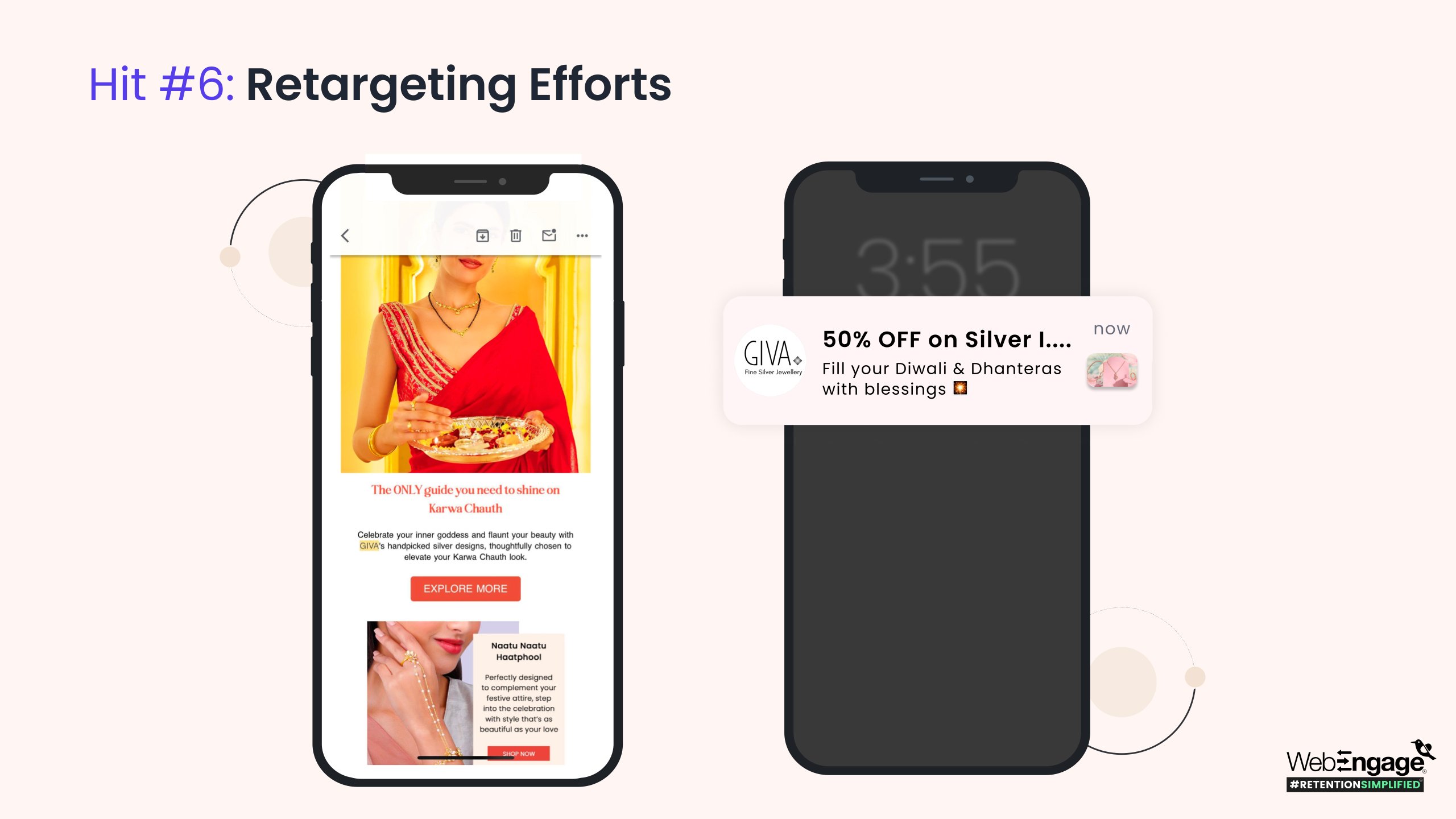
The Misses
1. Static Channel Strategy
- GIVA uses two channels for promotional messages and two for transactional or triggered communications, but there is a significant gap in addressing consumers’ diverse preferences.
- For instance, if a GenX customer prefers engaging through WhatsApp or has an email that filters promotional messages into the spam or promotions tab, they risk missing out on critical communications.
This oversight highlights the need for a more integrated approach to different customer personas and their preferred engagement channels.
Better Approach:
- Dynamically optimize the channel mix.(based on user preferences)
- Leverage marketing technology that adapts to individual engagement patterns and behaviors.
- Utilize the brand’s scale to implement flexibility.
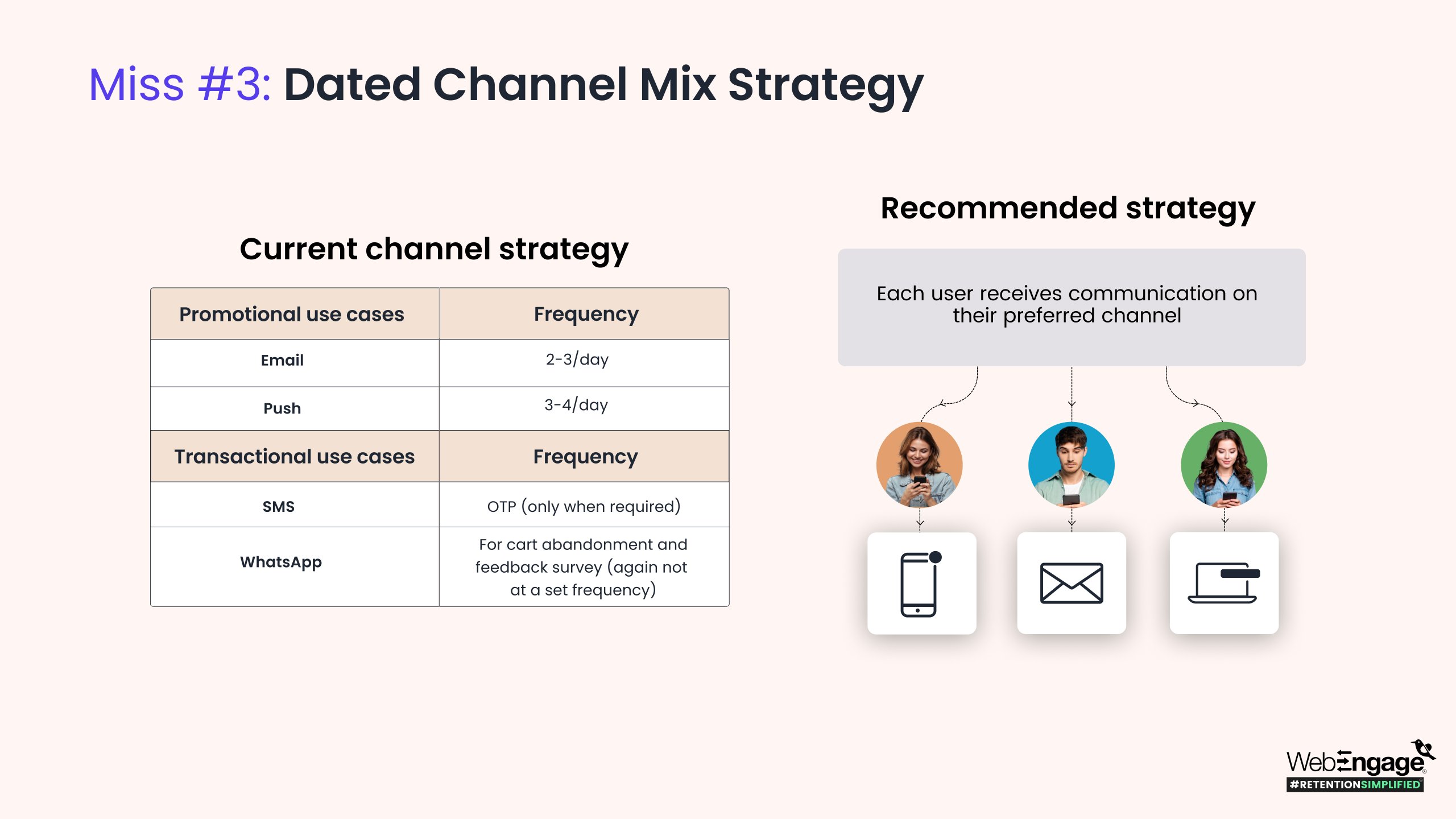
2. Lack of Personalization in Content
- Additionally, GIVA’s product recommendations lack the level of personalization that could enhance customer interaction.
- Instead of relying on generic content copies, the brand could use historical user data to craft hyper-personalized recommendations.
- By analyzing browsing behavior—such as popular categories and time spent on products—GIVA can create targeted content that resonates with customers.
- By enhancing their strategies and addressing these issues, GIVA can improve customer retention, boost engagement, and increase sales while fostering brand loyalty.

Takeaways for you:
1. Create The Right Channel Mix:
There is no one-size-fits-all solution for the perfect channel mix. Follow the KYC (Know Your Customer) principle by understanding your customers’ personas, their preferred channels, and their peak engagement times.
Invest in a robust marketing technology stack that adapts to real-time engagement data, ensuring you optimize your marketing efforts effectively.
2. Solve Customer Data Unification:
Successful campaigns need depth and precision to drive conversions. Integrating customer data from all channels is vital for delivering personalized experiences. Although GIVA has invested in channels for sales completion, its fragmented targeting limits personalization, making it easy for competitors to replicate.
3. Metrics You Should Measure For Long-Term Success:
- Customer Lifetime Value (CLTV): Track how customer lifetime value evolves. Focus on the channels and campaigns that eliminate friction in their journey.
- Average Order Value (AOV): Assess whether your recommendations boost average order value. If not, consider revising your personalization strategy.
- Funnel Velocity: Measure the speed at which customers progress through the funnel and continuously optimize to enhance this rate.
- Time Between Purchases: If the interval between purchases isn’t decreasing, it may be time to refine your campaigns. Concentrate on re-engagement strategies to encourage customers to return sooner.
What’s next?
In the next edition, we will analyze another iconic brand’s customer engagement strategy. If you have a brand in mind that you’d like to see analyzed, feel free to contact me at jayesh.mathur@webengage.com.


